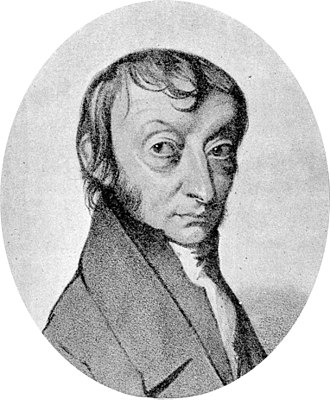texasSlick said:
The following crude analysis demonstrates that the combustion process is far more complex than the simple Spark- Burn- Exhaust model.
Take a 3 inch (1/4 ft) diameter cylinder bore, place a spark plug dead center in the head, so that the flame front travels only 1/8 ft from ignition point to the periphery of the cylinder. So far, this is not too different from many engines.
The flame front travels at the speed of sound, which for air = 49 x SQRT (Temperature) ft/sec. Temperature is in degrees Rankin = 460 + Temp deg F. For air at 100 deg F, sonic speed is approx 1150 ft/sec. The temperature after compression is higher than 100 deg, but as I said this is crude, and the higher actual temp. makes the following analysis even more significant.
Now the distance the flame front must travel, divided by the flame speed is 0.125 ft/1150 ft/sec = 0.1 millisecond. If the engine RPM is 3000, the time to rotate 180 degrees representing the power stroke (again crude...neglecting timing lead BTC and exhaust opening BBC) is 10 millisecond. This analysis shows the time available for complete burning in the cylinder is 100 times greater than the time required for the flame front to completely engulf the compressed mixture.
The combustion process is admittedly complex, and I too am no more than a curious novice interested in learning a bit more about the process. Of the many different aspects of combustion you mention, I wanted pick up on one of them - flame speed - and add a bit more to it.
I'll start with a question. I have never heard of flame propagation rates in IC engines being anywhere near the speed of sound, but rather a decade or more lower than this, so perhaps you could enlighten as to how/why the flame speed is related to the speed of sound? Thank you.
Regarding flame speed in internal combustion engines, it is for sure a fascinating topic, as flame speed changes throughout a single combustion event as well as throughout the various operation speeds of the engine, thus flame speed is a complex continuum of speeds.
As previous submissions here have made clear, in a single combustion event, flame speed is very slow initially, i.e., during the "lag angle", where very little flame travel or pressure increase occurs over 10-20 deg of crankshaft rotation. Then during the "effective burn angle", typically ~ 40 total crankshaft degrees distributed evenly on both sides of TDC, flame speed is high as pressure and temperature both increase dramatically to provide peak cylinder pressure. Following maximum cylinder pressure, the flame speed is slow again in this "after burning" stage as pressure drops, due to the piston moving away from TDC, and the majority of combustion has occurred.
Regarding flame speed changing as a function of engine speed, it has always fascinated me how, serendipitously, flame speed increases proportionately with engine speed, so that essentially no change in ignition timing is required even if engine speed increases by a factor of 3X. This increase in flame speed is due to the accompanying increase in turbulence that occurs with higher piston speeds.
Using the above information we can actually back out the average flame speed over a range of engine operating speeds for a generic internal combustion engine. For this exercise we will consider only the effective burn angle, where productive burning occurs, and disregard the slow burn events occurring during the lag and after burn angles. The effective burn angle occurs over 40 crank deg, therefore we need to know the time interval required for 40 crank deg at various engine speeds. Per Slick's earlier comment regarding the flame propagating 0.125 ft to complete combustion in a 3" dia bore with centered spark plug, we then need to divide the distance (ft) by the time interval (sec) to back out the flame speed (ft/sec). I have done this for a range of engine speeds and have provided the data below in tabular and graphical formats. Please check my math so I don't mislead you or myself.
As you can see the flame speed is a continuum based on engine speed. And although we talk about the long drawn out combustion process with it's various fast and slow stages, you can see that at 7000 rpm the entire effective burn occurs in less than a millisecond (0.001 sec). There, while you just blinked your eye the engine fired somewhere between 100 and 400 times (depending on how fast a blinker you are).

